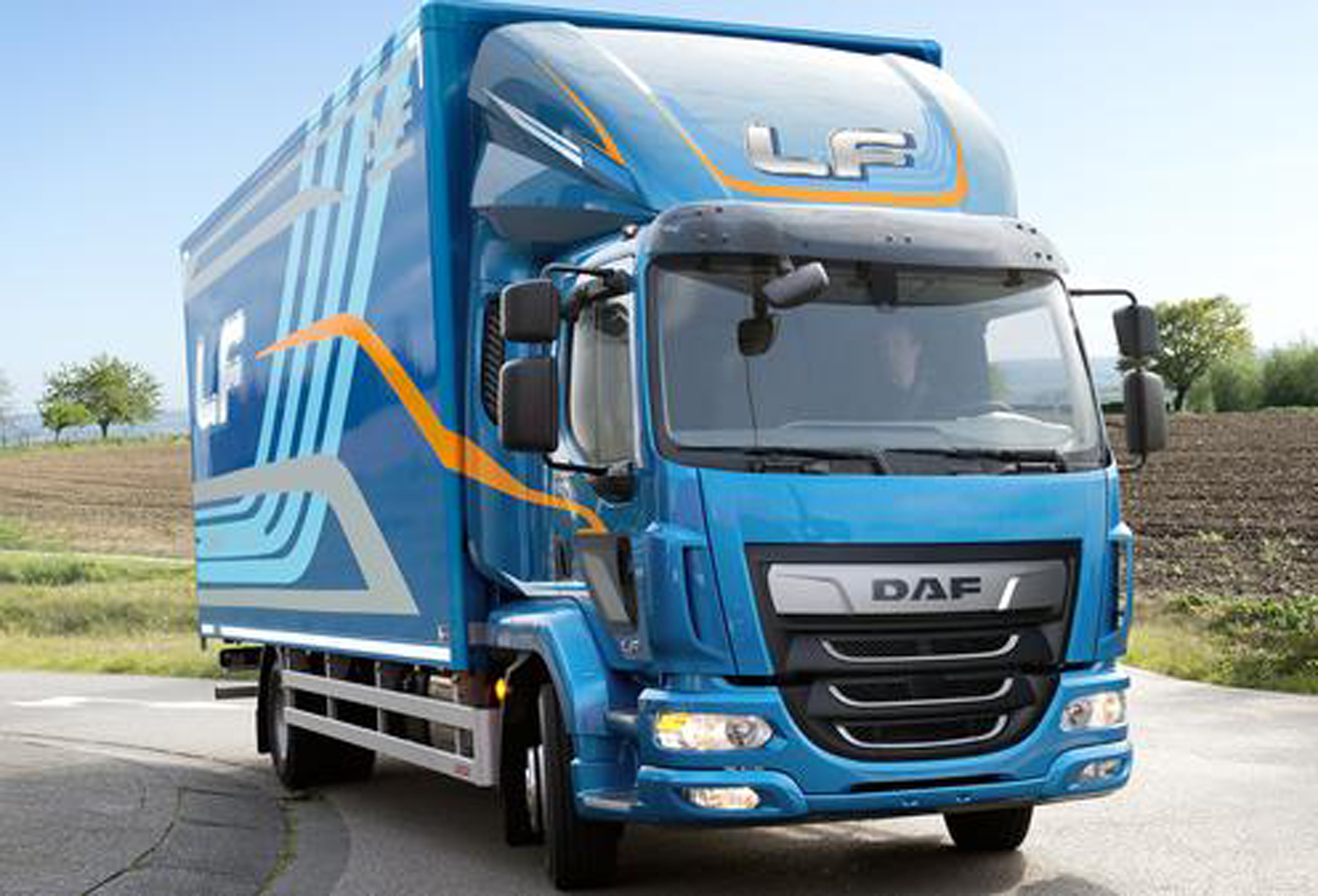Introduction to the Cat C1 License
If you’re an aspiring truck driver or a driving enthusiast looking to broaden your horizons, obtaining a Cat C1 driving licence could be your key to unlocking new opportunities. This licence permits you to drive medium-sized vehicles, typically weighing between 3.5 and 7.5 tons. It is an essential credential for anyone aiming to work with delivery trucks, ambulances, or other commercial vehicles that fall within this weight category. The Cat C1 licence serves as a stepping stone for those who are eager to enter the professional driving industry, offering a pathway to further qualifications and career advancement in logistics and transportation. Preparing for this licence involves learning about vehicle safety, road regulations, and handling larger vehicles efficiently, skills that are invaluable for a successful driving career.
Requirements and Eligibility Criteria
To obtain a Cat C1 driving licence, you must meet specific requirements. You need to be at least 18 years old and hold a valid UK car driving licence (Category B). Additionally, you must pass a medical examination to ensure you are fit to drive medium-sized vehicles. This examination includes eyesight tests and checks for any medical conditions that might impair your ability to drive safely.
The Application Process
The process of obtaining a Cat C1 licence involves several steps:
Theory Test
The first step is passing the theory test, which consists of two parts:
- Multiple-choice questions covering road safety, vehicle loading, and regulations.
- Hazard perception test, where you identify potential hazards in video clips.
Practical Test
After passing the theory test, you must undertake the practical test, which includes:
- Vehicle safety checks
- On-road driving assessment
- Off-road manoeuvres
The practical test assesses your ability to drive the vehicle safely and efficiently, ensuring that you can handle different driving scenarios.
Cat C vs Cat C1 Licences
Understanding the difference between Cat C and Cat C1 licences is crucial. A Cat C1 licence permits you to drive vehicles weighing between 3.5 and 7.5 tonnes. In contrast, a Cat C licence allows you to drive vehicles over 7.5 tonnes. Thus, the Cat C1 licence is ideal for those who wish to gain experience before progressing to heavier vehicles.
Career Prospects with a Cat C1 Licence
Having a Cat C1 licence opens up various career opportunities. You can work as a delivery driver, operate vehicles for local businesses, or even drive emergency service vehicles. The demand for qualified drivers is high, providing a stable and rewarding career path. Additionally, with further training and experience, you can progress to holding a Cat C licence, expanding your job prospects even further.
Tips for Preparing for the Cat C1 Licence Tests
Preparation is key to successfully obtaining your Cat C1 licence. Here are some tips to help you get ready:
- Study the Highway Code: Familiarise yourself with road rules and regulations.
- Practice hazard perception: Use online resources to practice identifying hazards.
- Take mock tests: Simulate the theory test to gauge your understanding and readiness.
- Get practical experience: Spend time behind the wheel of a medium-sized vehicle, if possible, to build your confidence.
- Seek professional training: Enrol in a driving course specifically designed for Cat C1 applicants to receive expert guidance.
Conclusion
A Cat C1 driving licence is a valuable asset for those looking to enter the truck driving profession or broaden their driving skills. By understanding the requirements, application process, and career opportunities, you can take the necessary steps to achieve this qualification. For personalised advice and training, consider reaching out to professional driving schools that specialise in Cat C1 training.
Taking the first step towards your Cat C1 licence could open a world of possibilities in your driving career. Start your journey today and explore the many opportunities that await you in the field of professional driving.
